Introduction
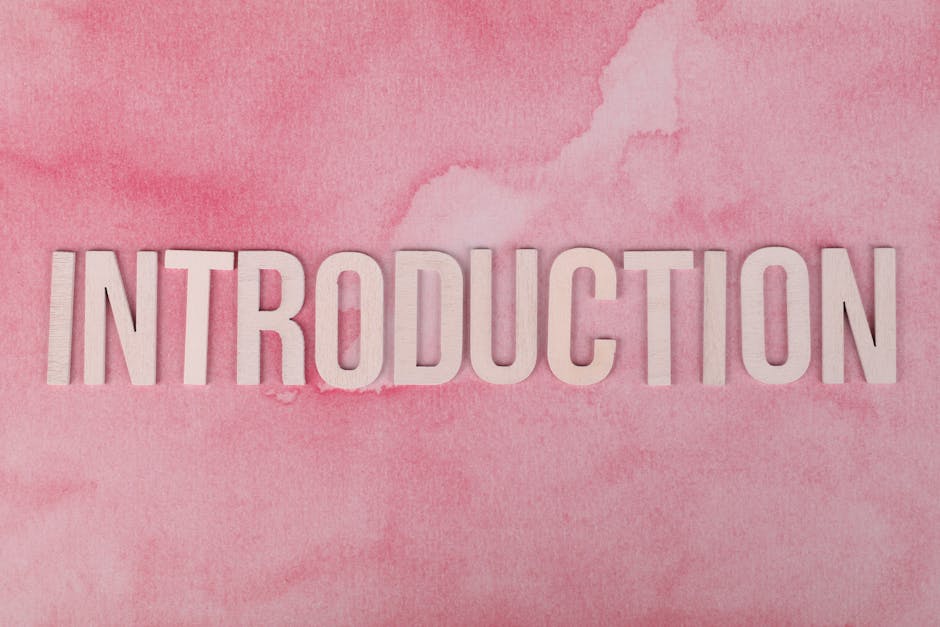
Birds captivate us with their graceful flight and enchanting songs, but they are not invulnerable to harm. In this article, we will explore the world of injured birds, delving into what constitutes an injured bird and the diverse types of injuries they may endure.
Defining an Injured Bird

An injured bird is one that has suffered physical harm or trauma, affecting its ability to fly, perch, or engage in natural behaviors. These injuries can range from minor wounds and fractures to more severe conditions such as broken wings, leg injuries, or head trauma.
To identify an injured bird, watch for signs of distress such as impaired movement, bleeding, or abnormalities in feathers or body structure. Recognizing these signs empowers us to take appropriate action and provide assistance.
Exploring Types of Injuries
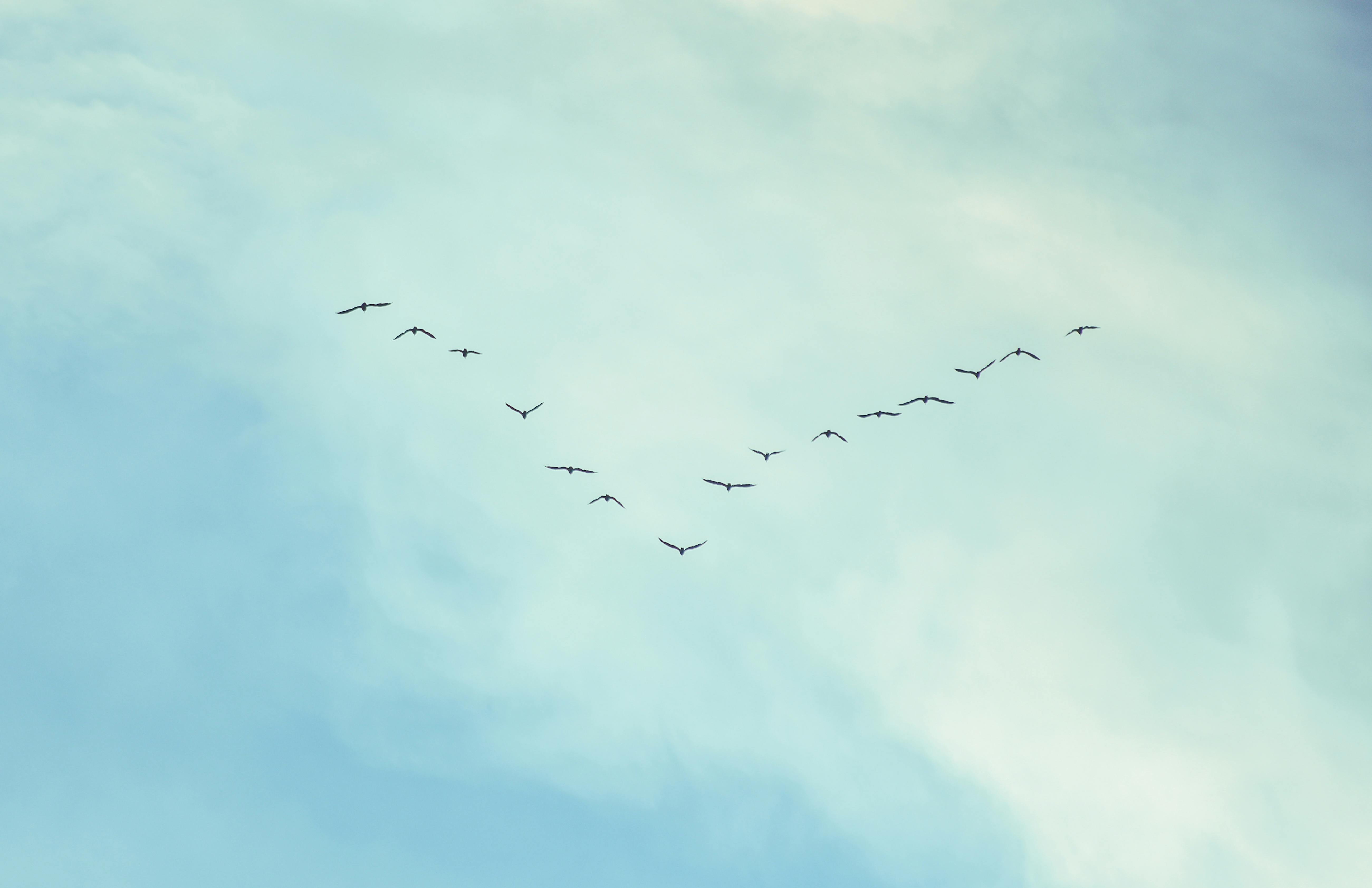
Injured birds encounter a variety of injuries, each posing unique challenges to their well-being and survival in the wild. Let’s examine some common types of injuries:
-
Fractures and Broken Bones: Collisions, falls, or predator attacks can cause fractures in wings, legs, or other skeletal structures. These injuries severely limit mobility, hindering essential tasks like foraging and escaping danger.
-
Soft Tissue Injuries: Cuts, wounds, or lacerations result from encounters with sharp objects, wire fences, or other birds. These injuries cause pain, discomfort, and potential infections, impeding the bird’s healing process.
-
Head Injuries: Collisions with windows, vehicles, or objects lead to head trauma. Such injuries cause concussions, disorientation, or neurological issues, demanding immediate attention for the bird’s health and survival.
-
Wing Injuries: Wing fractures, sprains, or dislocations impair a bird’s ability to fly and maintain balance. Flight is crucial for finding food, migrating, and evading predators, making wing injuries life-threatening.
-
Leg Injuries: Leg fractures, sprains, or entanglement in human-made hazards like fishing lines hinder mobility, making foraging and predator evasion difficult.
-
Eye Injuries: Accidents or predator encounters can result in eye trauma, impairing vision or causing blindness. Birds heavily rely on eyesight for navigation, hunting, and threat recognition, making eye injuries particularly detrimental.
-
Feather-Related Injuries: Damage to feathers from predators, harsh weather, or accidents affects insulation, flight, and courtship displays. Any harm to feathers jeopardizes a bird’s survival and reproductive capabilities.
Understanding the diverse injuries injured birds may suffer helps us comprehend the challenges they face and emphasizes the importance of providing appropriate care and support. In the following sections, we will explore what to do if you find an injured bird and how to connect with wildlife rehabilitators who can offer expert assistance.
2. What Should You Do if You Find an Injured Bird?

When you come across an injured bird, it’s crucial to handle the situation with care and prioritize the bird’s well-being. Follow these guidelines to effectively assist the bird while ensuring its safety:
a. Stay Calm
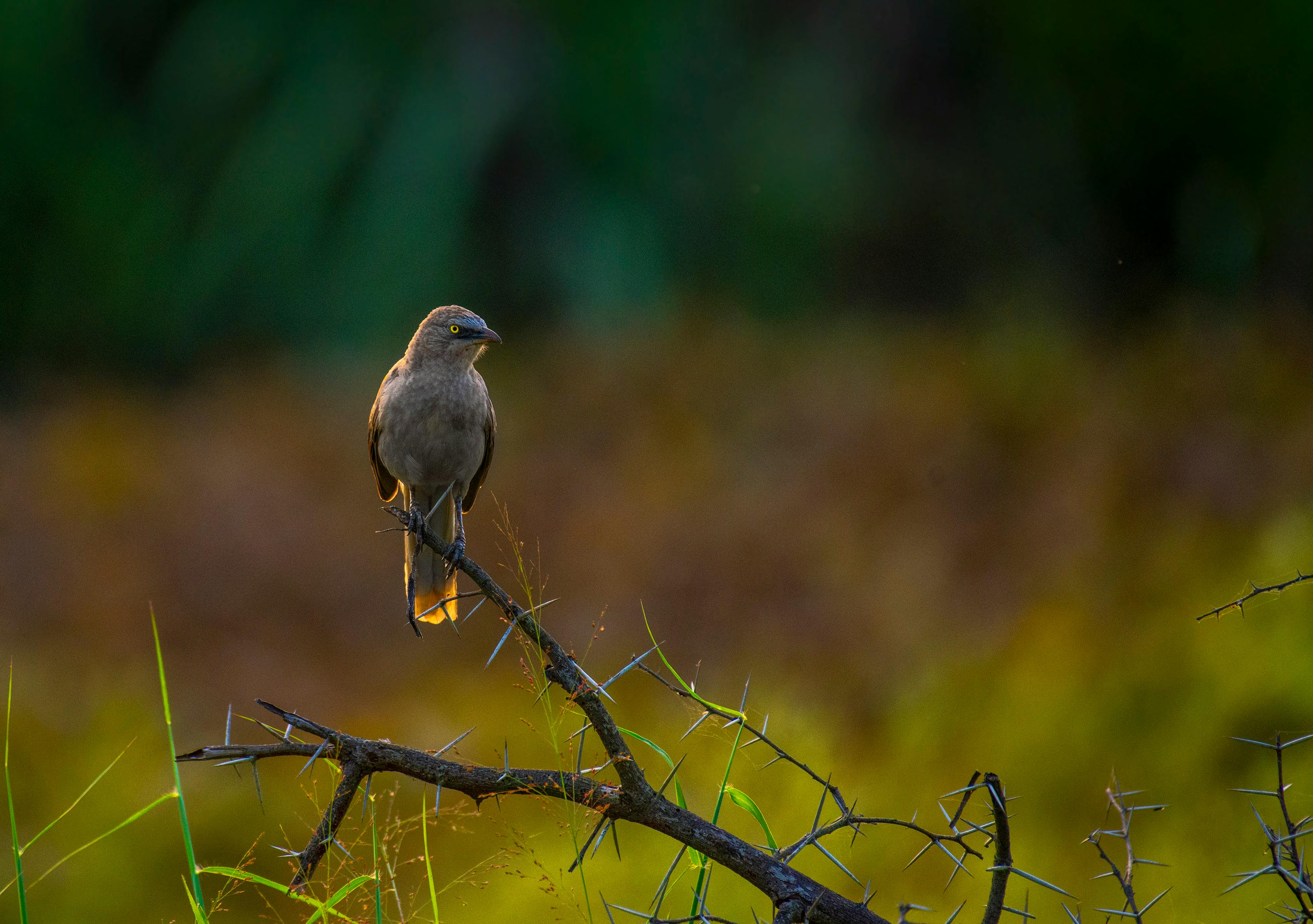
Encountering an injured bird can be distressing, but it’s essential to remain composed. Panicking or acting hastily can further agitate or harm the bird, making it harder to provide necessary help. Take a deep breath, center yourself, and approach the situation with a clear mind.
b. Assess the Bird’s Condition
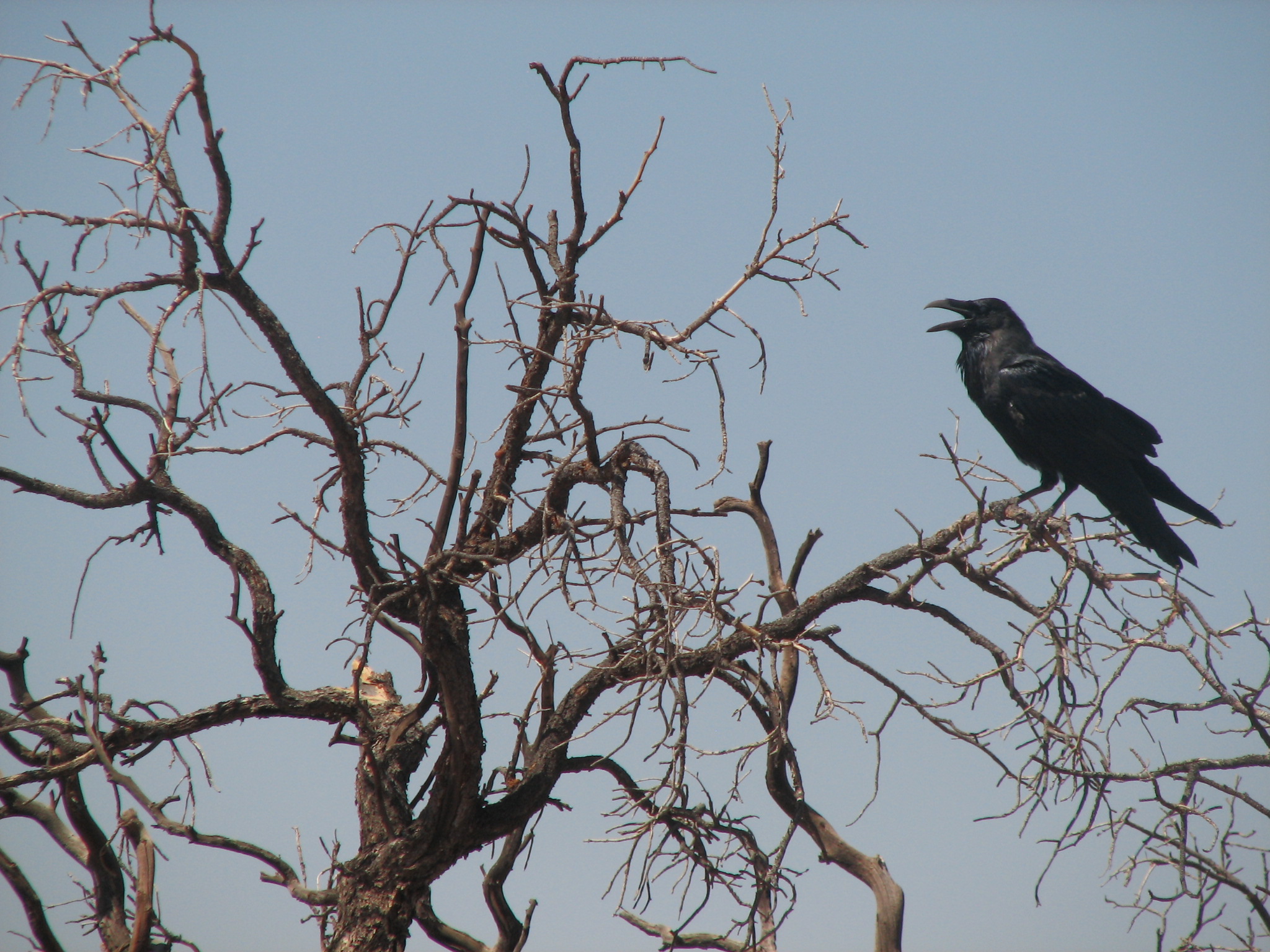
Before taking any further action, evaluate the bird’s condition. However, remember that birds are easily frightened, so it’s best to observe from a safe distance to avoid causing additional stress. Look for visible wounds, such as cuts, bleeding, broken wings, or signs of difficulty in flying or walking. Binoculars or a camera with zoom can be helpful for closer observation without getting too close.
c. Contact a Wildlife Rehabilitator
![]()
Involving professionals in the care and treatment of injured birds is crucial. Wildlife rehabilitators are trained to provide appropriate care and have the necessary resources to aid injured birds effectively. Here’s what you should do:
-
Find a Local Wildlife Rehabilitator: Research local resources to locate a wildlife rehabilitator or a wildlife rescue organization in your area. Online searches, recommendations from your local animal control department, veterinarian, or nature center, and specific websites/directories for wildlife rehabilitation can provide valuable information.
-
Save Their Contact Information: Keep the contact information of nearby wildlife rehabilitators or rescue organizations readily available. Save their phone numbers in your phone or maintain a list at home for quick access when needed. This proactive step ensures that you can promptly reach out to them in case of an injured bird.
Remember, it’s vital not to attempt to handle or treat the injured bird unless specifically instructed to do so by a professional. While your intentions may be good, attempting to care for an injured bird without proper knowledge or training can do more harm than good. Leave the specialized care to the experts who can provide the necessary medical treatment and rehabilitation.
By remaining calm, assessing the bird’s condition, and reaching out to a wildlife rehabilitator, you are taking the right steps to ensure the injured bird receives the care it needs. In the next section, we will explore what to expect when you take an injured bird to a wildlife rehabilitator.
What to Expect When You Take an Injured Bird to a Wildlife Rehabilitator
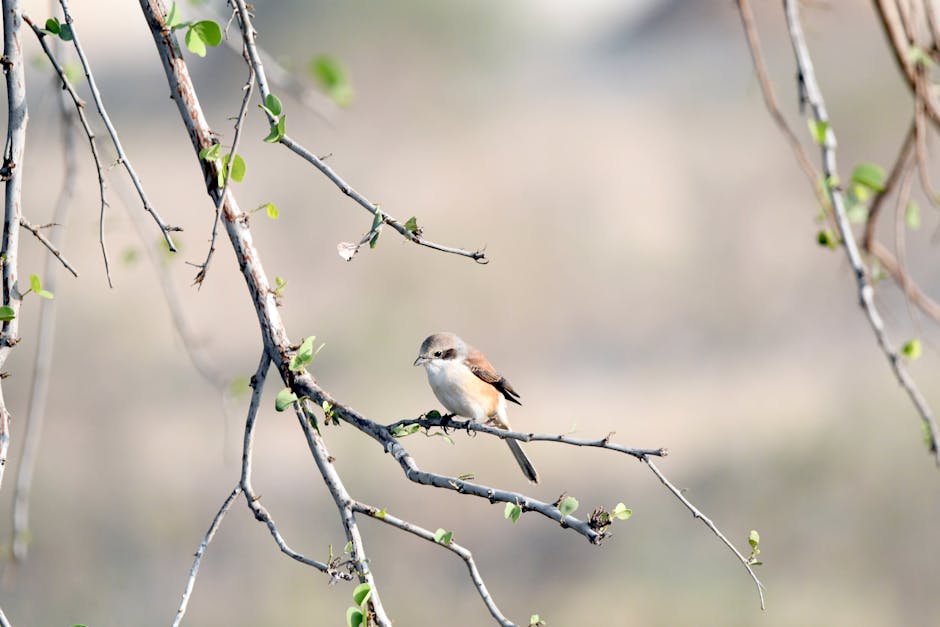
When you bring an injured bird to a wildlife rehabilitator, several important steps are taken to ensure its well-being and eventual return to the wild.
Initial Assessment
The first step is the initial assessment of the bird’s condition. During this crucial evaluation, the rehabilitator carefully examines the bird for visible injuries or signs of distress. They may gently handle the bird to assess mobility, check for wounds, or observe any abnormalities. You may also be asked about how you found the bird and any observed behaviors or known causes of injury, providing valuable context.
Based on this assessment, the rehabilitator determines the immediate needs of the bird. If the injuries are severe or life-threatening, stabilizing the bird’s condition becomes the top priority before proceeding with further treatment.
Treatment
After the initial assessment, the wildlife rehabilitator proceeds with the necessary treatment tailored to the bird‘s specific injuries and needs. This can involve cleaning and disinfecting wounds, administering medications for pain, inflammation, or infection, and providing splints or bandages for broken bones. In some cases, surgery may be required.
In addition to addressing immediate injuries, the rehabilitator provides supportive care to aid the bird’s recovery. This includes ensuring proper hydration and nutrition and creating a suitable healing environment. Wildlife rehabilitators have extensive expertise and resources, often collaborating with veterinarians and specialists to ensure the bird receives the best possible care.
Release
Once the injured bird has received the necessary treatment and sufficiently recovered, the wildlife rehabilitator plans for its release back into the wild. The timing of the release depends on the bird’s condition and readiness to survive independently.
Before release, the rehabilitator carefully evaluates the bird’s progress, assessing its ability to fly, forage for food, and exhibit natural behaviors. Flight tests or controlled flying practice may be conducted.
Choosing an appropriate release site is crucial for the bird’s successful reintegration into the wild. Factors such as the bird’s species, habitat requirements, and local population dynamics are considered. Rehabilitators aim to release the bird in an environment where it can thrive and find suitable resources.
During the release process, the rehabilitator ensures a smooth transition for the bird. The bird is typically released in an area free from immediate threats and with access to appropriate food sources. Rehabilitators may also monitor the released bird’s progress to ensure its successful reintegration.
Taking an injured bird to a wildlife rehabilitator provides the best chance for its recovery and return to the wild. These dedicated professionals play a vital role in rehabilitating injured birds and preserving their place in the ecosystem.
How to Find a Wildlife Rehabilitator

When you come across an injured bird, finding a wildlife rehabilitator in your area is crucial. Follow these steps to locate the right professional who can provide the necessary care.
Researching Local Resources
Start your search by utilizing various resources to find wildlife rehabilitators near you:
-
Online Searches: Use search engines or browse websites dedicated to wildlife rehabilitation in your region. Look for directories or databases that provide a list of local wildlife rehabilitators.
-
Local Animal Shelters and Veterinary Clinics: Reach out to nearby animal shelters or veterinary clinics. They often have connections or partnerships with wildlife rehabilitators and can guide you in the right direction.
-
Wildlife Organizations: Check with wildlife organizations operating in your area. These organizations typically have valuable contacts and information on licensed wildlife rehabilitators.
-
Government Wildlife or Environmental Departments: Contact your local government’s wildlife or environmental department. They may maintain a list of licensed rehabilitators or offer guidance on where to find one.
-
Social Media and Online Forums: Engage with bird lovers and wildlife enthusiasts through social media platforms or online forums. These communities can provide recommendations based on personal experiences with local rehabilitators.
Asking Questions
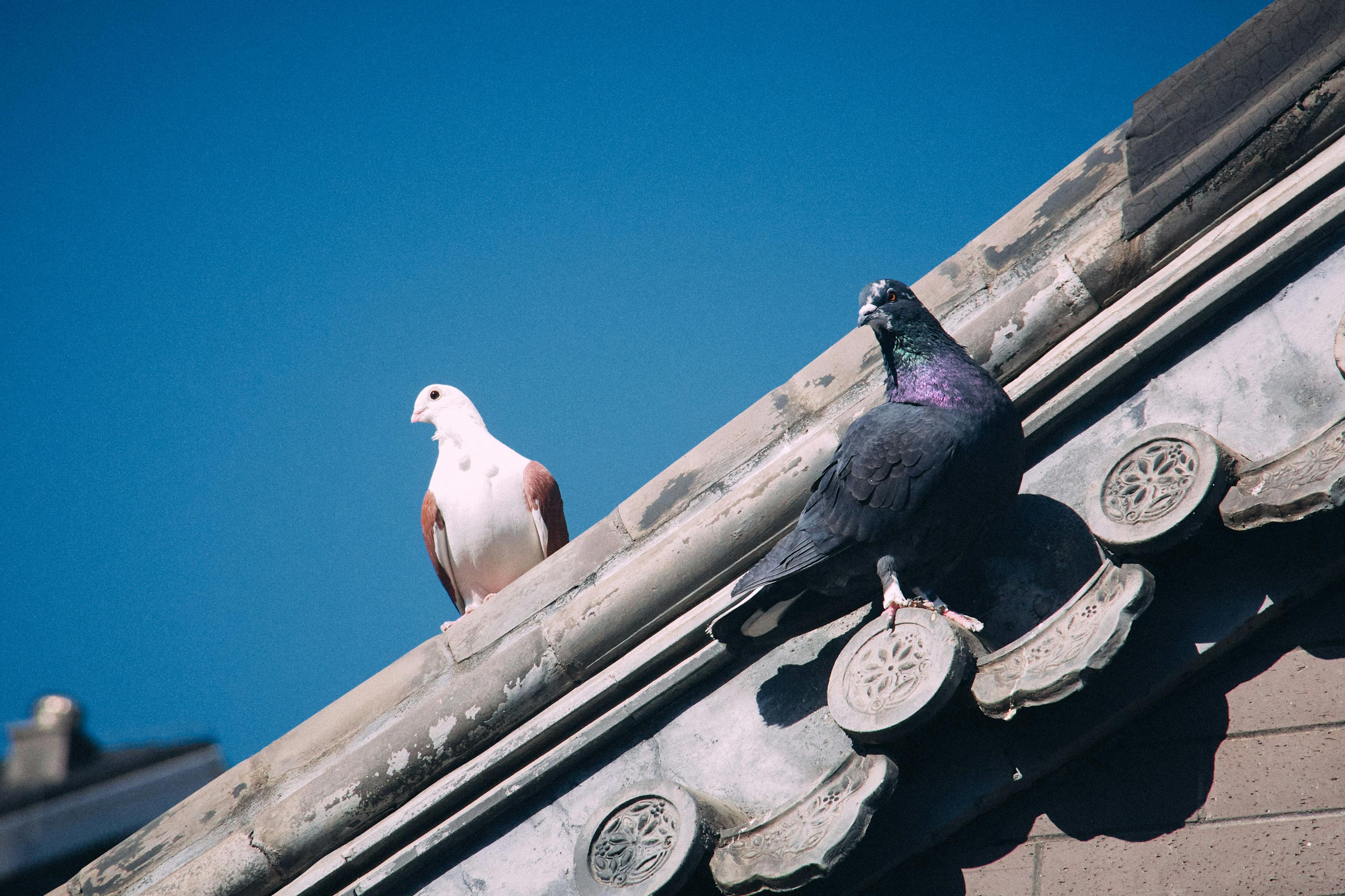
Once you have identified potential wildlife rehabilitators, gather essential information and assess their suitability by asking the following questions:
-
Experience and Credentials: Inquire about the rehabilitator’s experience and credentials. Ask if they are licensed or certified wildlife rehabilitators. This ensures that they possess the necessary expertise to handle injured birds.
-
Specialization: Ask about the types of birds or animals the rehabilitator specializes in treating. Ensure they have experience with the particular bird species you have found.
-
Facilities and Equipment: Find out if the rehabilitator has the appropriate facilities and equipment to provide adequate care for the injured bird.
-
Intake Process: Inquire about the rehabilitator’s intake process. Ask how they prefer to receive injured birds and if there are any specific instructions or protocols to follow.
-
Euthanasia Policies: It’s important to know the rehabilitator’s policies regarding euthanizing animals. Inquire about their stance on euthanasia and under what circumstances they consider it necessary.
By conducting thorough research and asking pertinent questions, you can find a wildlife rehabilitator who possesses the necessary expertise and resources to provide the best care for the injured bird you have found.
Remember, prompt action and seeking professional help are crucial for the well-being and chances of recovery for injured birds.
Conclusion

Encountering an injured bird can be distressing, but there are important steps you can take to ensure its well-being and increase its chances of recovery. By summarizing the key steps, emphasizing the importance of seeking professional help, and promoting non-invasive observation, you can play a crucial role in safeguarding their welfare and preserving their natural behaviors.
Key Steps to Take for an Injured Bird
To effectively handle an injured bird, prioritize your safety by wearing gloves and avoiding direct contact. Carefully assess the bird’s condition, noting visible wounds, signs of distress, or inability to fly. If the bird is in immediate danger or distress, gently capture it using a towel or blanket and place it in a well-ventilated, secure container.
Once the bird is secured, seek professional help promptly. Contact your local wildlife rehabilitator or animal control agency for expert guidance. These professionals have the expertise and resources to provide appropriate medical treatment and rehabilitation. They will assess, treat, and monitor the bird’s progress until it’s ready for release.
Importance of Seeking Professional Help

Attempting to care for an injured bird without proper knowledge can be detrimental. Wildlife rehabilitation centers and animal control agencies possess specialized knowledge of avian biology and behavior. They provide targeted medical care and create a safe environment for injured birds. By entrusting the bird’s care to professionals, you ensure its best chance of recovery and release.
Non-Invasive Observation of Wild Birds
Respecting and appreciating the natural behaviors of wild birds is crucial. Observing birds from a distance allows them to engage in their natural activities without disturbance. Use binoculars or cameras to observe them from afar, minimizing interference. This approach promotes their well-being and the preservation of their habitats for future generations.
By following the outlined steps, seeking professional help, and practicing non-invasive observation, you can make a positive impact on the well-being of birds. Your actions help injured birds receive the care they need and allow wild birds to thrive in their natural habitats. Together, we can protect and appreciate these magnificent creatures for generations to come.
Frequently Asked Questions
Frequently Asked Questions
Q1: Where should I take an injured bird?
A1: It is recommended to take an injured bird to a local wildlife rehabilitator or a wildlife rescue organization. They have the expertise and resources to provide appropriate care and treatment for injured birds.
Q2: How do I find a wildlife rehabilitator near me?
A2: To find a wildlife rehabilitator in your area, you can start by conducting online searches, reaching out to local animal shelters and veterinary clinics, checking with wildlife organizations, contacting government wildlife or environmental departments, and engaging with bird lovers and wildlife enthusiasts through social media or online forums.
Q3: What should I do before taking an injured bird to a wildlife rehabilitator?
A3: Before taking an injured bird to a wildlife rehabilitator, it is important to stay calm, assess the bird’s condition from a safe distance, and avoid direct contact. If the bird is in immediate danger or distress, gently capture it using a towel or blanket and place it in a well-ventilated, secure container.
Q4: Can I treat an injured bird myself?
A4: It is not recommended to treat an injured bird yourself unless specifically instructed to do so by a professional. Attempting to care for an injured bird without proper knowledge or training can do more harm than good. It is best to leave the specialized care and treatment to wildlife rehabilitators who can provide the necessary medical treatment and rehabilitation.
Q5: What happens to an injured bird at a wildlife rehabilitator?

A5: At a wildlife rehabilitator, the injured bird undergoes an initial assessment to determine its condition and immediate needs. The rehabilitator then provides necessary treatment tailored to the bird’s specific injuries and needs, which can include cleaning wounds, administering medications, and providing splints or bandages. Once the bird has sufficiently recovered, it is released back into the wild under the rehabilitator’s care and monitoring.

Leave a Reply